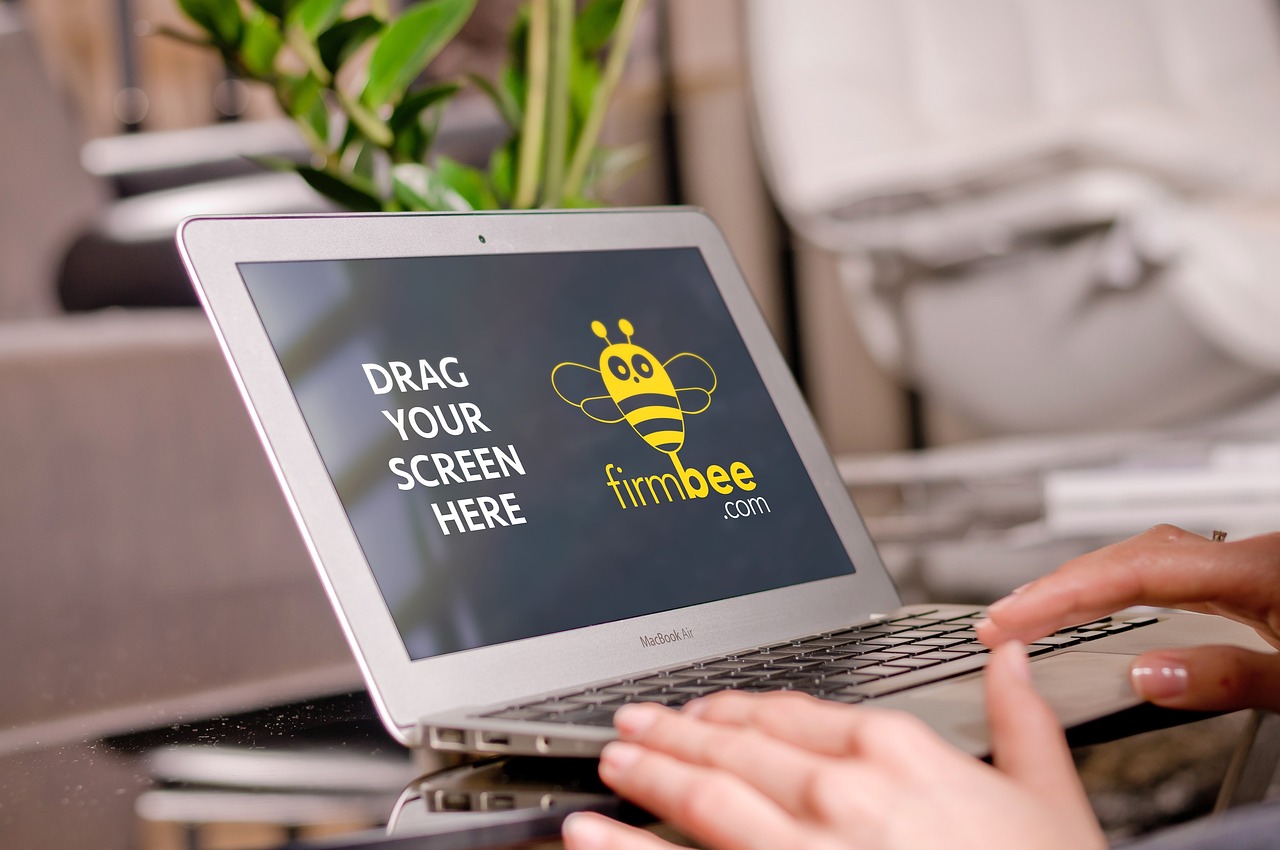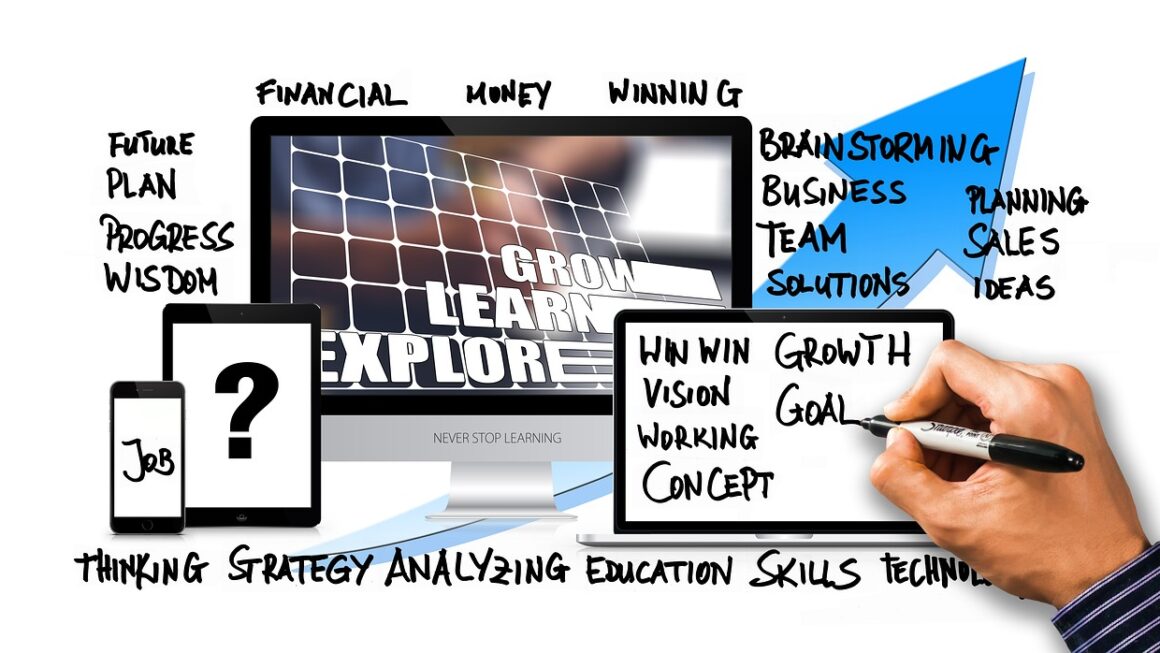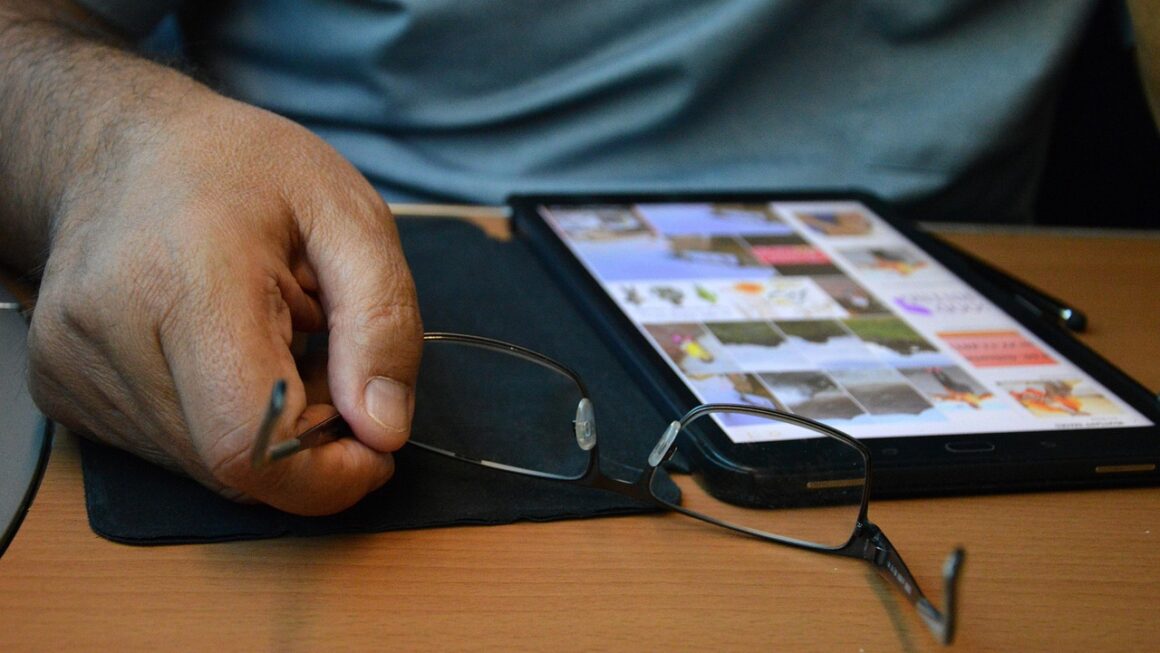In today’s fast-paced world, finding moments of peace and tranquility can feel like a monumental task. Thankfully, the rise of mindfulness tech is offering innovative solutions to help us cultivate inner calm and improve our overall well-being. From meditation apps to wearable sensors, technology is increasingly playing a vital role in supporting our mindfulness journey, making it more accessible and personalized than ever before. This blog post will explore the exciting landscape of mindfulness tech and how it can help you achieve a more balanced and mindful life.
What is Mindfulness Tech?
Mindfulness tech encompasses a wide range of tools and technologies designed to promote mindfulness practices and improve mental well-being. These technologies leverage digital platforms and devices to guide meditation, track progress, and offer personalized insights.
Definition and Scope
- Definition: Mindfulness tech refers to the use of technology to support mindfulness practices, such as meditation, deep breathing, and body scans.
- Scope: This field includes:
Mobile apps for guided meditation and mindfulness exercises.
Wearable devices that track physiological data related to stress and relaxation.
Virtual reality (VR) and augmented reality (AR) experiences for immersive mindfulness practices.
Biofeedback devices that provide real-time feedback on bodily functions to promote relaxation.
Benefits of Using Technology for Mindfulness
- Accessibility: Mindfulness apps and online resources make mindfulness practices available to anyone, anywhere, at any time.
- Personalization: Many mindfulness tech tools offer personalized recommendations and customized programs based on individual needs and preferences.
- Progress Tracking: Wearable devices and apps can track your progress, providing valuable insights into your stress levels and relaxation patterns.
- Engagement: Gamified elements and interactive features can make mindfulness practices more engaging and enjoyable.
- Data-Driven Insights: Mindfulness tech can provide data-driven insights into your mental and emotional well-being, helping you identify patterns and make informed choices.
Popular Mindfulness Apps
Mindfulness apps have revolutionized the way people approach meditation and mental well-being. Here are some of the most popular and effective apps available:
Headspace
- Overview: Headspace offers a wide range of guided meditations, mindfulness exercises, and sleep stories.
- Features:
Daily meditations tailored to different needs and skill levels.
Animations and visual aids to explain mindfulness concepts.
Sleepcasts and sleep music to promote restful sleep.
Focus exercises to improve concentration and productivity.
- Example: The “Basics” course provides a foundational introduction to mindfulness meditation, perfect for beginners.
Calm
- Overview: Calm focuses on reducing stress and anxiety through meditation, sleep stories, and relaxing music.
- Features:
Guided meditations led by expert instructors.
Sleep Stories narrated by celebrities and soothing voices.
Nature scenes and ambient sounds to create a calming atmosphere.
Breathing exercises to help manage anxiety and stress.
- Example: The “7 Days of Calm” program offers a gentle introduction to mindfulness, designed to reduce stress and promote relaxation.
Insight Timer
- Overview: Insight Timer offers a vast library of free guided meditations, music tracks, and courses.
- Features:
Over 130,000 free guided meditations on various topics.
A global community of meditators to connect with and support.
Timers and bells for unguided meditation practice.
Courses and workshops led by renowned mindfulness teachers.
- Example: Users can explore meditations focused on specific themes, such as gratitude, compassion, or stress relief.
Practical Tips for Using Mindfulness Apps Effectively
- Set a Regular Schedule: Dedicate a specific time each day for your mindfulness practice.
- Create a Quiet Space: Find a peaceful environment where you can relax and focus without distractions.
- Start Small: Begin with short meditations and gradually increase the duration as you become more comfortable.
- Be Patient: Mindfulness is a skill that takes time and practice to develop.
- Experiment: Try different apps and techniques to find what works best for you.
Wearable Technology for Mindfulness
Wearable devices are increasingly being used to track physiological data related to stress and relaxation, providing valuable insights into your mental and emotional state.
Types of Wearable Mindfulness Tech
- Heart Rate Variability (HRV) Monitors: These devices track the variation in time between heartbeats, which can indicate levels of stress and relaxation.
- Electrodermal Activity (EDA) Sensors: EDA sensors measure changes in skin conductance, which is related to sweat gland activity and can reflect emotional arousal.
- Brainwave Sensors (EEG Headbands): These devices monitor brainwave activity to provide feedback on your mental state and guide meditation practices.
- Smartwatches and Fitness Trackers: Many smartwatches and fitness trackers now include features for tracking sleep, stress levels, and guided breathing exercises.
Examples of Wearable Devices
- Muse: A brain-sensing headband that provides real-time feedback on your brainwave activity during meditation. It helps you learn to control your thoughts and achieve a deeper state of focus.
- Fitbit: While primarily a fitness tracker, Fitbit devices can track heart rate variability, sleep patterns, and offer guided breathing exercises to manage stress.
- Apple Watch: The Apple Watch includes features for tracking heart rate, sleep, and mindfulness exercises through apps like Breathe and Reflect.
How Wearable Tech Enhances Mindfulness Practice
- Real-Time Feedback: Wearable devices provide real-time feedback on your physiological state, helping you understand how your body responds to stress and relaxation techniques.
- Data-Driven Insights: By tracking your stress levels and relaxation patterns over time, wearable tech can help you identify triggers and develop effective coping strategies.
- Personalized Recommendations: Some wearable devices offer personalized recommendations for mindfulness exercises and relaxation techniques based on your data.
The Role of Virtual Reality (VR) and Augmented Reality (AR)
VR and AR technologies are creating immersive and interactive experiences that can enhance mindfulness practices.
VR for Immersive Meditation
- Virtual Environments: VR headsets can transport you to serene virtual environments, such as a peaceful beach, a lush forest, or a calming mountain landscape.
- Guided Meditations: VR apps often include guided meditations led by virtual instructors, providing a sense of presence and connection.
- Distraction-Free Zone: VR can create a distraction-free zone, allowing you to fully immerse yourself in your meditation practice.
AR for Mindful Awareness
- Augmented Reality Apps: AR apps can overlay digital information onto the real world, providing gentle reminders to practice mindfulness throughout the day.
- Mindful Moments: AR can prompt you to take a few deep breaths, focus on your surroundings, or engage in a brief mindfulness exercise.
- Gamified Mindfulness: AR can make mindfulness practices more engaging and fun through gamified elements and interactive challenges.
Examples of VR/AR Mindfulness Applications
- TRIPP: A VR app that offers immersive meditation experiences designed to reduce stress and improve focus.
- Flow VR: VR experiences designed to reduce stress using heart rate variability biofeedback.
- Calm VR: An extension of the Calm app that offers immersive natural environments in VR to aid relaxation.
Potential Downsides and Considerations
While mindfulness tech offers numerous benefits, it’s important to be aware of potential downsides and considerations.
Over-Reliance on Technology
- Dependence: Over-reliance on technology for mindfulness can lead to a dependence on external tools rather than developing intrinsic mindfulness skills.
- Distraction: The allure of technology can sometimes distract from the core principles of mindfulness, which involve being present and non-judgmental.
- Authenticity: Some critics argue that using technology for mindfulness can feel artificial and less authentic than traditional practices.
Data Privacy and Security
- Data Collection: Mindfulness tech apps and devices often collect sensitive personal data, such as heart rate, sleep patterns, and emotional states.
- Privacy Concerns: There are concerns about how this data is stored, used, and shared with third parties.
- Security Risks: Data breaches and security vulnerabilities can expose personal information to unauthorized access.
Cost and Accessibility
- Subscription Fees: Many mindfulness apps and wearable devices require subscription fees, which can be a barrier to access for some individuals.
- Digital Divide: The digital divide can limit access to mindfulness tech for individuals who lack access to smartphones, computers, or reliable internet connections.
- Affordability: The cost of high-end wearable devices and VR headsets can be prohibitive for many people.
Recommendations for Responsible Use
- Balance: Use mindfulness tech as a supplement to traditional practices, not as a replacement.
- Mindful Consumption: Be mindful of how you use technology and avoid over-reliance on external tools.
- Privacy Settings: Review and adjust the privacy settings of your mindfulness apps and devices to protect your personal data.
- Seek Alternatives: Explore free or low-cost mindfulness resources, such as community meditation groups or online guided meditations.
Conclusion
Mindfulness tech presents a powerful opportunity to enhance our mental well-being and integrate mindfulness into our daily lives. From guided meditation apps to wearable sensors and immersive VR experiences, technology is making mindfulness more accessible, personalized, and engaging than ever before. However, it’s important to use these tools responsibly and be mindful of potential downsides, such as over-reliance, data privacy concerns, and cost. By striking a balance between technology and traditional practices, we can harness the benefits of mindfulness tech to cultivate inner peace and improve our overall quality of life.




